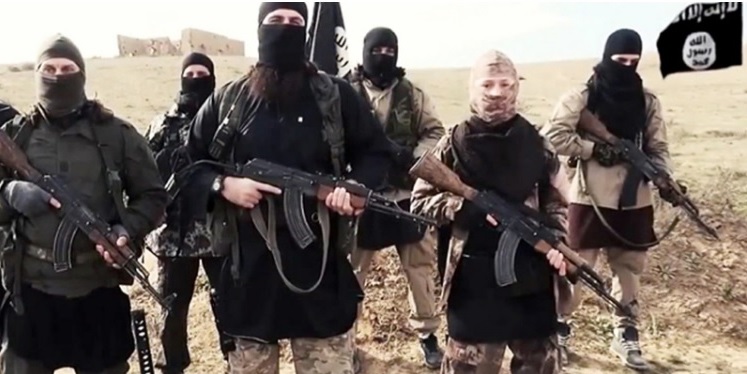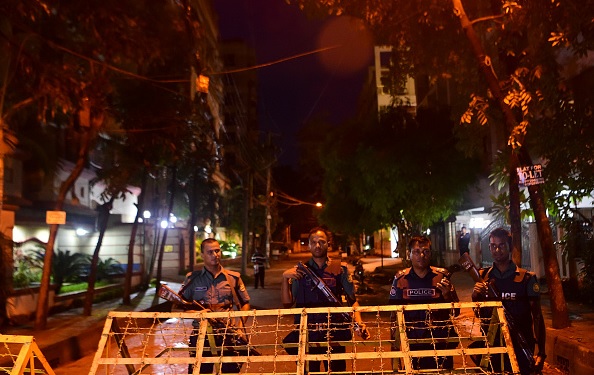
The threat of Daesh (also known as the Islamic State) in South Asia looms large. Two attacks in Bangladesh and the birth of Wilayat Khorasan, the group’s branch in Afghanistan and Pakistan, indicate the threat Daesh could pose in South Asia even if it is currently a low level one. Indeed, South Asia could be Daesh’s next site of expansion as its current strongholds in Iraq and Syria are under attack. In fact, the Pakistani military has already claimed to have arrested dozens of members from the terrorist organisation in Pakistan. Unlike the West, which began its efforts against Daesh propaganda only after it began impacting its domestic security, it is imperative for countries in South Asia to start proactive counter extremism efforts before a seemingly distant threat gathers supporters and poses a threat to internal security. In this regard, providing an alternate narrative to defeat extremism and radicalization is important.
Need for an Alternate Narrative
Daesh’s primary vehicle of propaganda is social media, and any strategy to reverse its gains or to arrest its growth needs to tackle this effectively. The main objective of its social media outreach is to spread its ideology and recruit individuals to join its cause. A study in 2015 estimated that Daesh releases 38 unique propaganda events every day, exceeding the volume of any counterterrorism effort. In light of the size and dedication of the ISIS campaign, negative measures such as censorship, although important, are bound to only have a limited impact on their own. For example, while social media sites like Facebook have declared a “zero tolerance policy“ towards terrorist activities and actively monitor content on their sites, it seems that simply banning content has also had only limited success in preventing radicalization. Therefore, it is imperative to formulate a counter narrative.
In Western countries, Daesh has advanced its messaging mostly through the use of social media platforms such as Facebook and Twitter. In the case of India, it is important to remember that only 142 million people (approximately 11% of the population) use Facebook and an even fewer use Twitter. However, even with a smaller user base, the Bangalore police arrested a manufacturing executive in December 2014 who ran one of the largest Daesh Twitter handles in the world. This proves that even within the smaller world of Indian Twitter, radicalization is an ever present threat. It is also important to consider that Facebook and Twitter are just two sites among a huge array of online avenues. Daesh also uses open source publications, online videos, and even video game technology to reach out to a wider audience.
Although social media is important, radicalization efforts through networked channels and mobile communication are of greater relevance in South Asia because of larger user bases. Platforms with encrypted technology, such as Whatsapp, are particularly vulnerable routes which extremists can use to spread their ideology in South Asia. End-to-end encryption has allowed communication apps to relinquish control over the content of messages. This means that service providers can only provide larger metadata to law enforcement. This is particularly relevant because the refusal of these platforms to divulge user information makes monitoring or intelligence gathering extremely difficult.
When considering suitable counter narratives against Daesh, it is important to remember the objective behind such a strategy. The counterextremist analyst J.M. Berger argues that disengagement is a “realistic and achievable goal” for countering violent extremism while counter-radicalization should be viewed as a separate problem with different solutions. The essential difference between the two is that disengagement is aimed at dissuading at-risk individuals from supporting extremist organizations and severing their connections with extremist recruiters while counter radicalization is a more preventive effort that seeks to prevent the adoption of extremist attitudes in the first place. Disengagement is an initially more compelling effort because by directly targeting the middle layer of those who are engaged, it slows the further spread of extremist ideology. However, a complementary process of counter radicalization is also necessary because it offers more of a long-term solution by providing credible alternatives to extremist ideologies.

India’s Progress Thus Far
India has already taken substantive efforts toward disengagement. In 2015, the Indian Computer Emergency Response Team (CERT-In) made it compulsory for internet providers to block websites which hosted content from Daesh. Furthermore, in December 2015, 70,000 Muslim clerics in India gathered to issue a powerful fatwa in which they labelled Daesh and its members as “not Muslim.” It is furthermore encouraging that Indian ministers have repeatedly stressed the role of intelligence and security agencies in monitoring the cyber space for Daesh recruitment.
Although these are important steps, a comprehensive counter narrative has to eventually encompass both elements of disengagement and counter radicalization, and India has had less success in developing a counter radicalization effort. For example, although the Indian government has stated that it has already adopted a counter radicalization strategy to wean citizens away from Daesh’s ideology, it has not yet undertaken a proactive strategy of public diplomacy campaigns, like those carried out in the West. Until India develops a proactive counter narrative with both a disengagement message and a counter radicalization message, it will struggle to counter the appeal of Daesh’s ideology.
Concluding Thoughts
In South Asia, there exist several narratives that can be effectively used for countering extremism. Pre-existing concepts such as tolerance, pluri-culturalism, and syncretism that are evident in the cultural history of South Asia are important components of such a counter narrative. This is particularly relevant for South Asia where instances of violence resulting from extremism are not uncommon. In this light, an alternate narrative would be beneficial not only to target Daesh but radicalization in any sphere.
***
Image 1: ISIS Fighters (Dean11122, Wikimedia)
Image 2: Bangladeshi policemen near the scene of the Dhaka attack on July 3, 2016 (AFP-STR, Getty)


